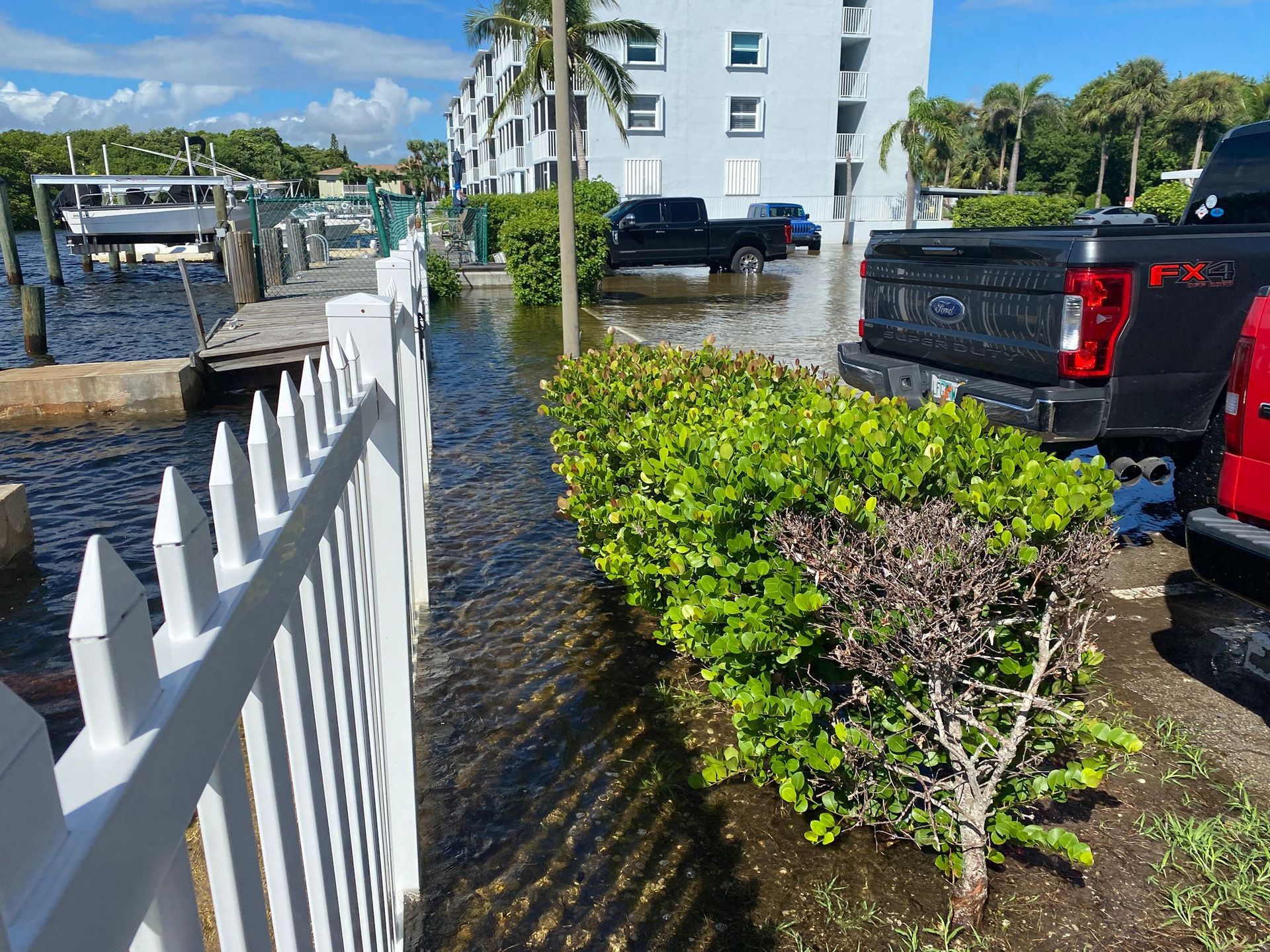How To Tell If A Breaker Is Bad?
How to Tell if a Circuit Breaker is Bad
A circuit breaker is the heart of the electrical panel in your home and controls everything from your HVAC system to your bedside lamp.
Unfortunately, it can malfunction, sometimes without any symptoms or warning signs.
So how to tell if a breaker is bad?
Continue reading to
learn a bit more about the main signs that indicate you’re in for a bit of hassle and how best to avoid it.
6 Signs That A Circuit Breaker Has Gone Bad
You can pretty much learn how to tell if a breaker is bad by keeping an eye on the following indicators:
1. Breaker is constantly tripping
If the breaker trips every time you turn on the switch to a single area of your home, it’s either a sign that the breaker itself is bad or that the particular circuit is overloaded.
2. Breaker refuses to switch to ‘’reset’’ mode
If a circuit breaker can’t stay in the reset mode, you can conclude that it’s toast. Naturally, you can keep troubleshooting further or you can simply call a professional to check out the breaker box.
If you want to fix the issue yourself, continue with your inspection.
3. There’s a burning smell coming from the panel box
If you can smell burning near your breaker box, you have a serious problem. The best course of action is to shut off the main power and call an electrician as your breaker is a fire hazard at this point.
4. Breaker is hot
If the circuit breaker or the panel box is hot, the process is the same as aforementioned: you need to shut the main power switch and call a professional.
5. There are scorch marks on the breaker box or the outlets
If any of the appliances, power outlets, or circuit box have scorch marks, you need to shut off the power (once again) and call an expert to handle the matter. This is a major concern as it indicates that one of the wires inside the wall has melted, which can, of course, lead to a devastating electrical fire.
A professional not only has the necessary equipment (thermal imaging) to pinpoint the source of the problematic wire but they also have the experience to handle this issue.
6. Your home is old
This isn’t an insult, but have you considered the age of your home?
If your home is old and the circuit breakers were never changed, you might be due for an upgrade. Old circuit breakers were built to last, but they are not impervious to time.
Certain types are also dangerous to still have in your home - such is the case with the old Federal Pacific Panel (FPE), aka Stab-Lok. These appliances were installed in many homes between the 50s and 80s, but even though they were popular, they weren’t that good - the materials used in their construction often led to serious problems like electrical fires.
In fact, if your home has one of these, your insurance company will probably pass on insuring them. A professional can help you by inspecting the state of your breakers, and if needed, suggesting the best upgrade.
How to check a breaker?
Now that you know how to tell if a breaker is bad, you need to find the exact method that can help you determine this fact with 100% accuracy.
First, let’s go over the steps for checking the circuit breaker with a digital voltmeter:
- Unplug everything connected to the breaker you’re testing.
- Remove the electrical box panel.
- Take your voltmeter and plug the black wire into the hole marked ‘COM’ and the red wire into the hole labeled ‘V’ with a horseshoe symbol.
- Connect the red wire to the screw on the breaker and the black probe to the white bar.
- If you have a double pole breaker, the correct reading should be between 220 and 250. If you see anything less such as 120, the breaker is bad.
- If you have a single pole breaker, the correct reading is 120. If the reading you have is 0, the breaker is bad.
If you don’t have a voltmeter, you can still check if the breaker is dead. Just follow these steps:
- Identify the suspect breaker.
- Look for the label on the breaker and check if the label matches the correct circuit.
- Flip the breaker to the ‘’off’’ position.
- Unplug everything in your house that is on that particular breaker.
- Reset the circuit breaker by flipping it on.
- If the breaker trips when you reconnect the appliances, there is most likely a short circuit or the circuit is overloaded.
How to replace a circuit breaker?
If only one circuit breaker is malfunctioning, you can change it yourself if you want to. Keep in mind that it’s usually not a big deal for a professional electrician to do it, so if you have any concerns, feel free to ask for help.
Follow these steps to replace a bad circuit breaker:
- Find out the brand of the electrical panel and check its inside label to determine which breakers are approved.
- Find the breaker of the correct voltage in your hardware store - they typically cost about $10 each.
- Shut the breaker off to stop the flow of electricity.
- Loosen the terminal screw to get the wires out with a pair of pliers with insulated handles.
- Pull the breaker out.
- Connect the clips of the new breaker while it's in the off position.
- Use the pliers to hold the wires while tightening the terminal screw.
- Flip the breaker on and close the panel.
Voila! You’ve successfully replaced the circuit breaker!
How to avoiding future trouble if a breaker is bad?
Circuit breaker tripping is a common issue, but now that you know how to tell if a breaker is bad, you’re well-equipped to deal with it.
However, keep in mind that some symptoms point to more serious issues that put your entire home in jeopardy. For example, if your panel box is old enough to qualify for a senior pension, you should consider replacing it.
Never shy away from contacting a professional to check your electrical systems, especially if you suspect that one of the wires is burning. Here at
Certified Inspectors, we offer infrared electrical inspections which leverage high-tech thermal equipment to find hidden defects.
That way, you can avoid trouble before it even starts.
Schedule a thermal imaging inspection by calling
+1 561-570-6311 or
filling out our contact form and safeguard your home from hidden electrical issues.
Disclaimer: The information on this website and blog is for general informational purposes only and is not professional advice. We make no guarantees of accuracy or completeness. We disclaim all liability for errors, omissions, or reliance on this content. Always consult a qualified professional for specific guidance.
Share the post:






